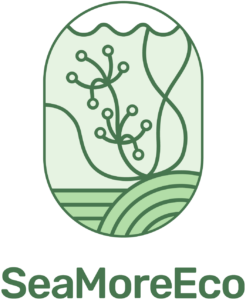We want to improve the knowledge about macrophyte species occurrence and abundance as well as seafloor characteristics (e.g. depth and substrate) in the project region, especially in areas that currently have major knowledge gaps.
Lack of biological and geological data from the northern Gulf of Bothnia is a common problem for both Sweden and Finland. The northern Gulf of Bothnia is divided by Sweden and Finland. By collecting data together we get a better knowledge of the species’ occurrences and distribution in the whole and shared region. Data on depth, seabed, substrate and underwater vegetation occurrences and abundances are necessary basics for work carried out in the other activities of the project.
We focus our data collection on certain chosen sites, e.g. places that are previously unmapped or other prioritized pilot areas on shallow bottoms. To collect data on the underwater vegetation we use a range of different methods:
- Snorkelling
- Wading with water binoculars
- Underwater drop-video
- Scuba diving
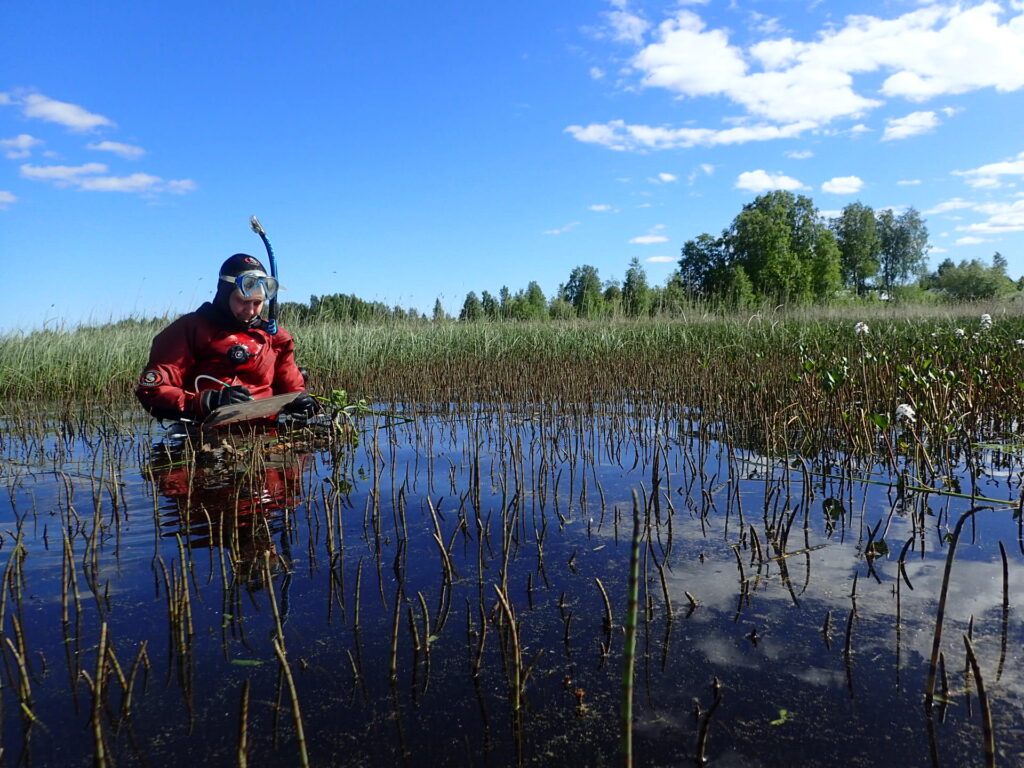
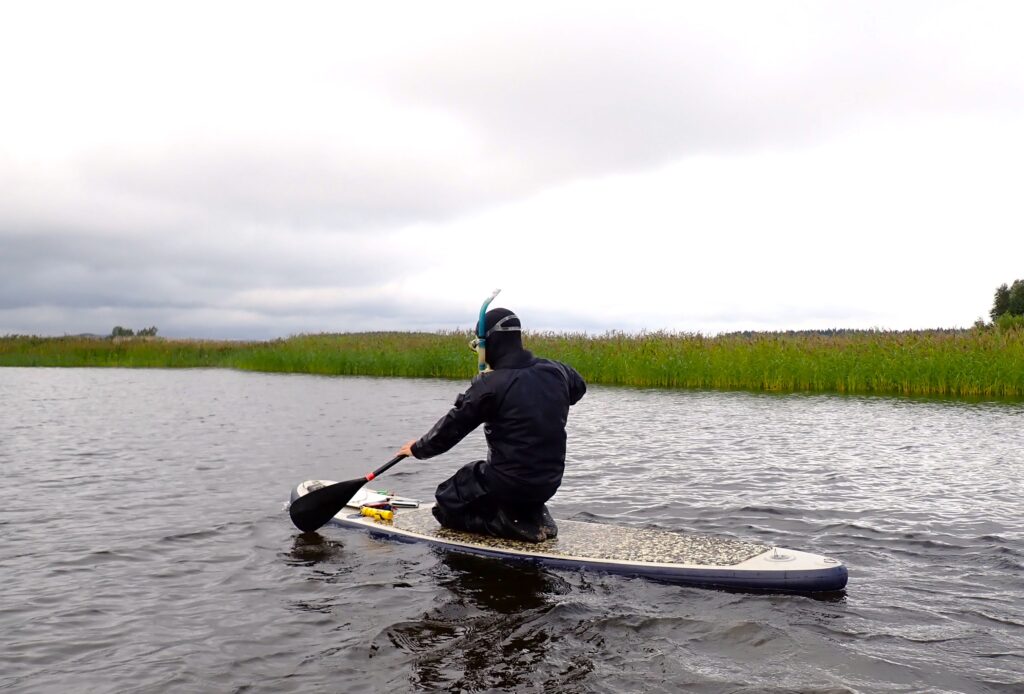
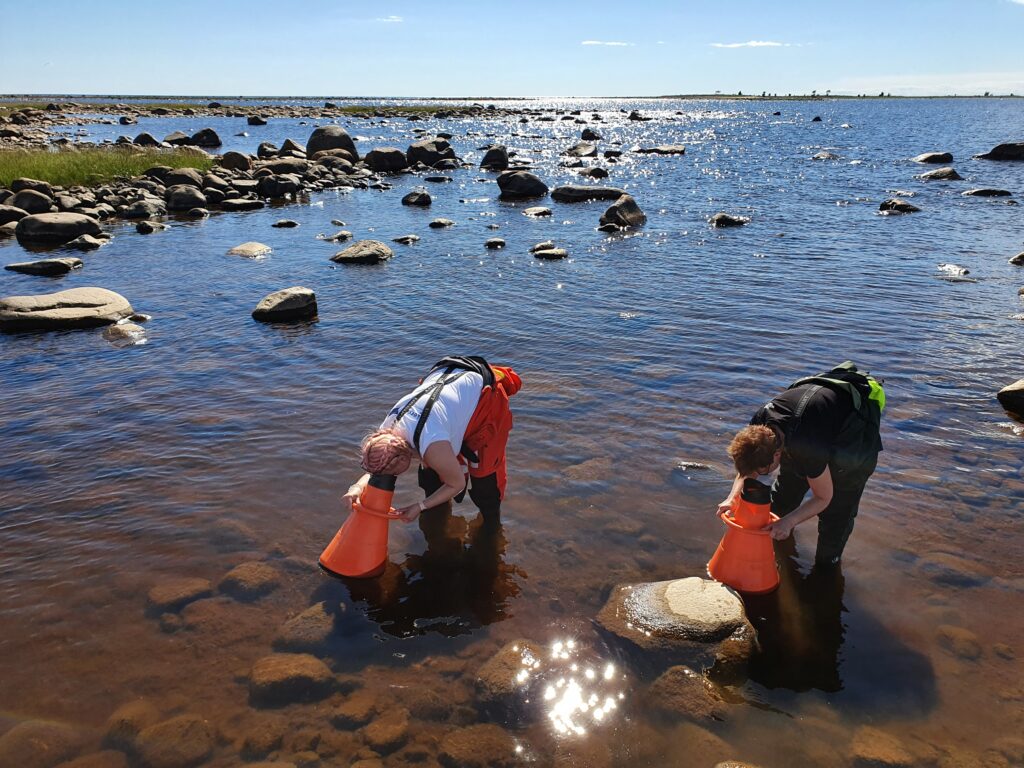
Above left: Gathering data on underwater plant species by snorkeling. Middle: Using a SUP-board is convenient for transportation during snorkel inventories. Right: Water binoculars are of great help to observe species on shallow bottoms. Photo: County Administrative Board of Norrbotten.
To collect data on the seafloor characteristics and bathymetry we use our research boats equipped with different acoustic methods.
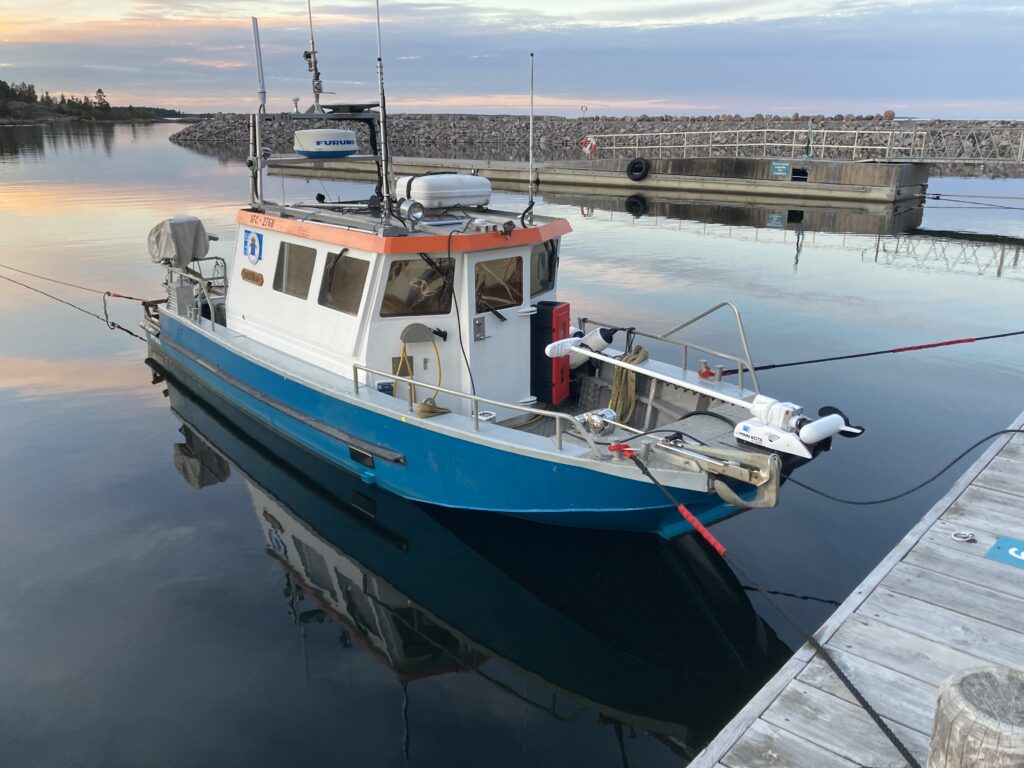
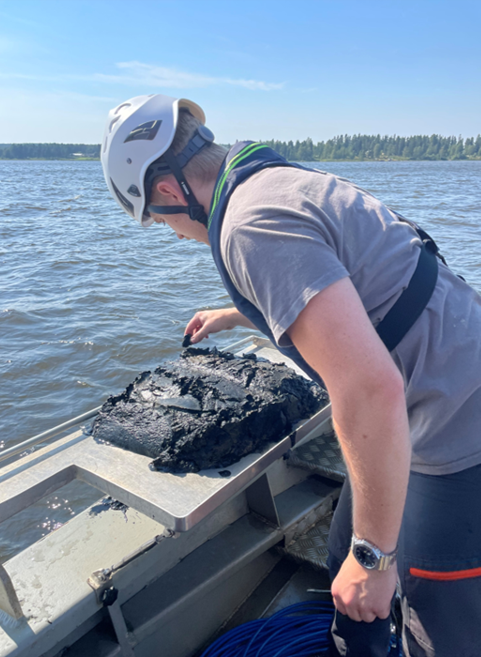
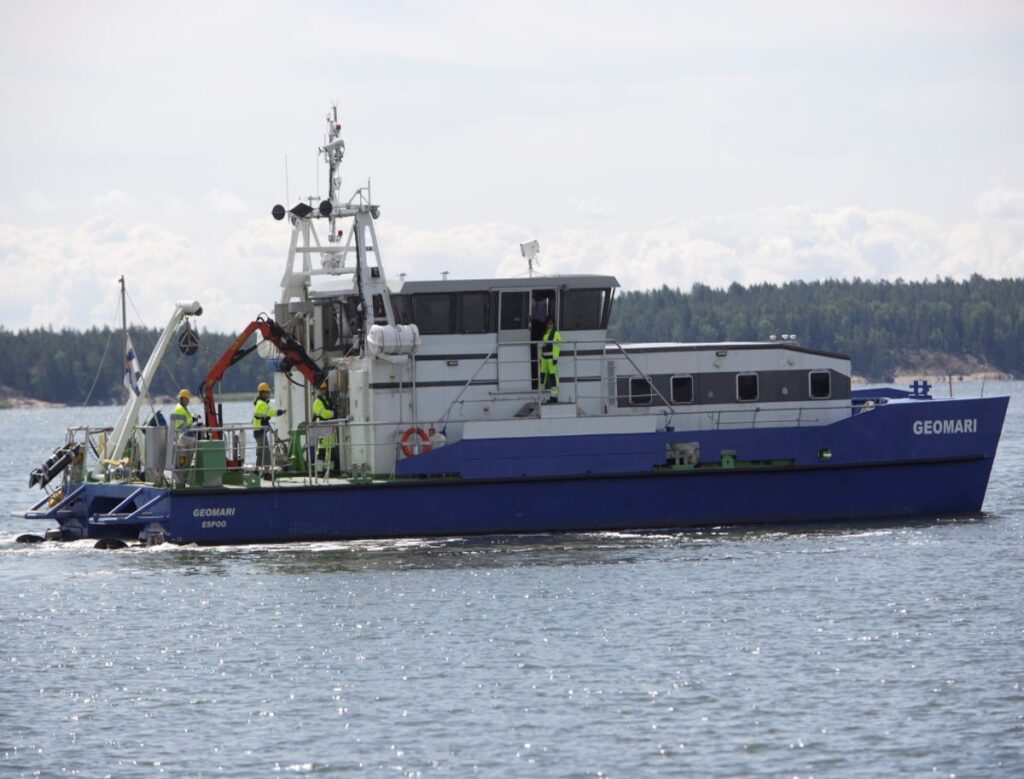
Above left: The research vessel “Ugglan” used by Geological Survey of Sweden. Middle: Field crew taking sediment samples from the sea bottom. Photo: Geological Survey of Sweden. Right: The research vessel “Geomari” used by Geological Survey of Finland. Photo: Geological Survey of Finland.
Most field work takes place during the summer and autumn when the sea is warmed up, the vegetation has started to grow and weather is the best for being out at sea.
At the end of the project we hope to have provided not only the project itself and its partners with valuable data on shallow water species and conditions, but also added marine biological and geological data to the common use for national and international researchers, authorities etc.
